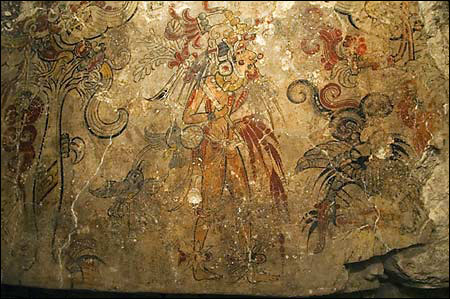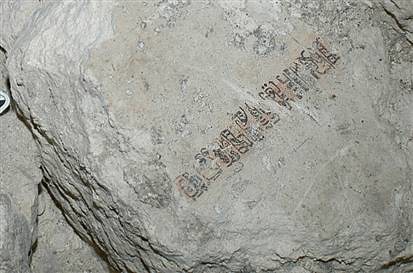
New archaeological evidence is shifting the timeline of Mayan history. In 2005, archaeologists revealed the final section of the earliest known Mayan mural in the city of San Bartolo in Guatemala. This mural shown above tells the story of creation and the mythology of kinships. This mural has been dated to 100 B.C and thus establishing that Mayans used art and writing centuries earlier than believed.
“There are kings, they have art, they have writing,” Saturno said. “All these things we attribute to the Classic [Maya period] are all in existence in the Preclassic. Now if we want to talk about origins, we need to be going back further in time.”
The Classic period dates from about A.D. 250 to 1000. The Preclassic period dates from about 2000 B.C. to A.D. 250.
Prior to this find, researchers believed sophisticated Maya painting and writing wasn’t firmly established until the seventh century A.D. [Oldest Known Maya Mural, Tomb Reveal Story of Ancient King]
Now the same archaeologist, WIlliam Saturno has found ten bold hieroglyphs painted on plaster and stone from the same site and radiocarbon tests prove that the writing is 100 years older than the murals. This information pushes back the date of Mayan writing to some time between 300 to 200 B.C, around the time the Mauryan empire was in the full bloom in India.

For example, glyph 7 is an early version of “AJAW,” a symbol ubiquitously used with kings’ names that means “lord, noble or ruler.” Glyph 2 has vague pictorial qualities and may suggest a hand holding a brush or a sharp knifelike object.
A common problem with dating Mayan writing is that it is often on stone, which scientists can’t accurately date using radiocarbon dating. Instead, they must use stylistic changes to date materials.
However, Saturno and his team found these writings in a pyramid made in part with wood, which is carbon-based and can be dated with radiocarbon techniques. [Earliest Maya Writings Found]